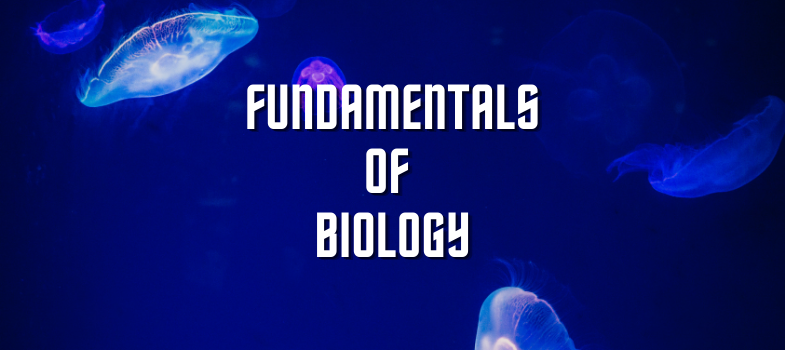Practice Problems
Write all your answers on a separate piece of paper or a digital document.
Practice Problems for Molecular Biology, Session 3: Transcription, Translation
Question 1
Fill in the table:
| Transcription | Translation | |
|---|---|---|
| Where does this process occur in a eukaryotic cell? | ||
| What is the enzyme that carries out this process? | ||
| What is the template that is read during this process? | ||
| In what direction is the template read? | ||
| What is the start signal/sequence for this process? | ||
| What is the polymer that is formed? | ||
| What monomer is used to form this polymer? | ||
| What type of bond is formed between monomers? | ||
| In what direction is the new polymer formed? | ||
| What is the stop signal/sequence for this process? |
Question 2
Below is the double-stranded DNA sequence of part of a hypothetical yeast genome, which happens to contain a very small gene. Transcription starts at the Transcription Start Site (TSS) after the promoter (shown in yellow), and proceeds in the direction of the arrow. Transcription stops at the end of the Transcription Terminator (shown in blue).

a) Which strand of DNA shown, the top or the bottom, is the template strand?
b) What is the sequence of the mRNA produced from this gene? Label the 5’ and 3’ ends.
c) What is the sequence of the protein produced from the mRNA in (b)? Label the N and C termini.
If a mutation were found where a T/A (top/bottom) base pair were added immediately after the T/A base pair shown in bold, what would be the sequence of the mRNA? What would be the sequence of the protein?
Question 3
Shown below is a double-stranded bacterial (E. coli) DNA sequence coding for a hypothetical protein. Both strands are shown; the top strand reads 5’ to 3’ left to right, while the bottom strand reads 5’ to 3’ right to left. The nucleotides are numbered 1 to 100. NOTE: For this problem, transcription begins with and includes the red and underlined C/G (top strand/bottom strand) base pair and RNA polymerase proceeds from left to right along the DNA.

a) Which strand is used as a template for transcription, the top or the bottom?
b) Where would the promoter be relative to the start of transcription?
c) What are the first 15 nucleotides of the resulting mRNA? Indicate the 5' and 3' ends of the mRNA.
d) What are the first 5 amino acids translated from the resulting mRNA? Indicate the amino (NH + 3 ) and carboxy - (COO ) termini of the protein.
e) Do the underlined nucleotides TAA (indicated in blue) encode a stop codon for the protein? Briefly explain your answer.
Consider the situations in parts (f-h) independently.
f) A mutation occurs which results in the insertion of an extra G/C (top strand/bottom strand) base- pair immediately after base pair 11 (shown in bold). What effect will this insertion mutation have on the mRNA transcript and resulting protein?
g) A different mutation results in the substitution of the T/A base pair at position 30 (shown in bold and underlined) with a G/C base pair. How would this mutation affect the sequence of the protein that is produced?
h) A third mutation occurs which results in the substitution of the C/G base pair at position 42 (shown in bold italics) to a T/A base pair. How would this mutation affect the sequence of the protein that is produced?
Question 4
A mutation is found in a tRNA-encoding gene. The wild type allele produces a tRNA that recognizes the codon GAA, and is charged with the amino acid Glutamic acid. The mutant tRNA is still charged with Glu, but the anticodon is mutated such that it recognizes the codon TAA. What effect will this have on translation in these cells?
How will the proteins produced be different?
